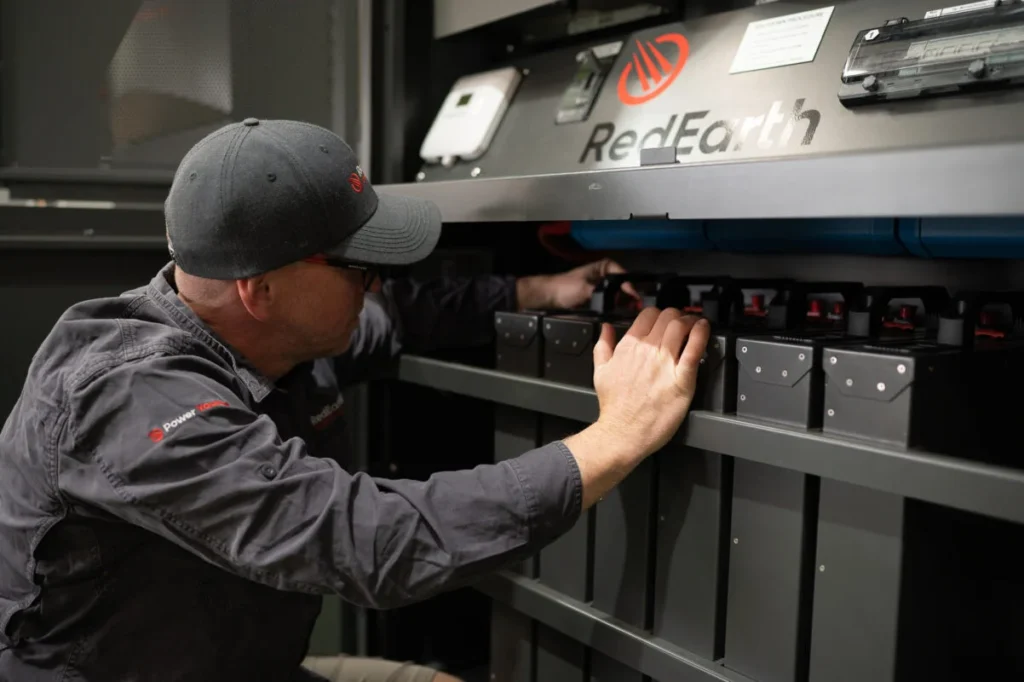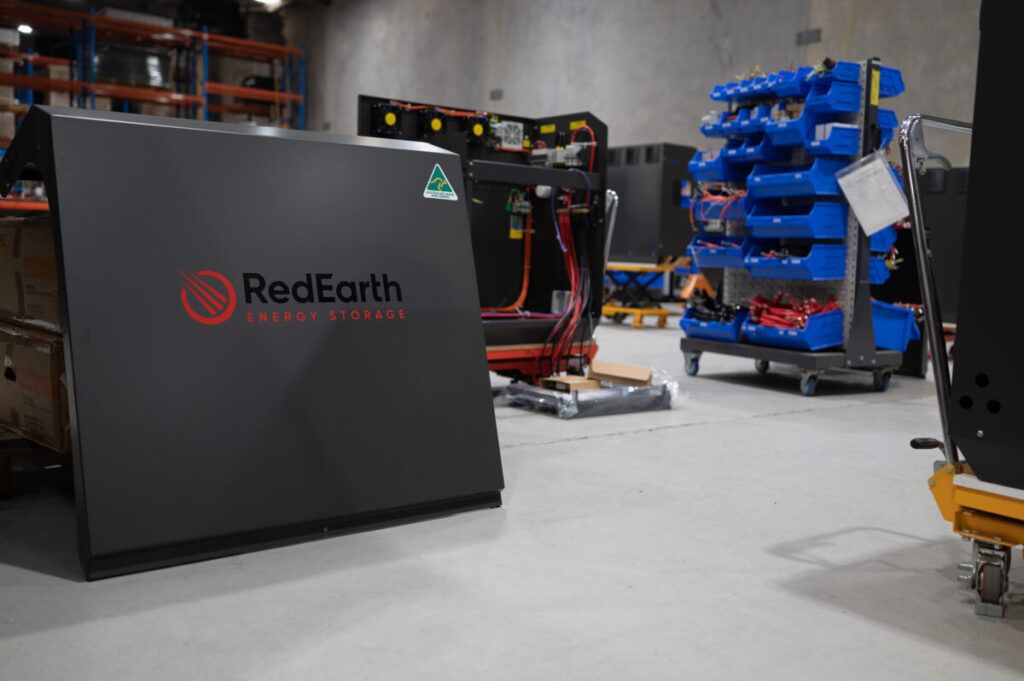In a bold stride toward reshaping the future of distributed energy, Queensland-based RedEarth Energy Storage has announced the development of what it calls the world’s first ‘Microgrid-in-a-Box’ (MIB), a fully integrated, modular energy system designed to simplify and democratise home energy management.
Developed in partnership with China’s Nebula Electronics and Germany’s ambibox, the MIB combines solar power, battery storage, and bidirectional EV charging capabilities in one sleek platform. The goal: make energy self-sufficiency both scalable and accessible for households across the globe.
Slated for release in 2026 across China, Europe, Australia, and New Zealand, the MIB leverages the strengths of each partner:
- Ambibox brings its proprietary European-tested power electronics and energy management software,
- Nebula contributes advanced R&D and mass manufacturing expertise, and
- RedEarth integrates the system through its expertise in off-grid energy platforms, software, and cloud-based services.
Together, the trio aims to offer a seamless plug-and-play solution that replaces the traditionally fragmented approach to home energy systems, eliminating the need for multiple inverters, chargers, and incompatible hardware.
At the heart of RedEarth’s MIB innovation is the integration of Vehicle-to-Home (V2H) and Vehicle-to-Grid (V2G) technology, which allows homeowners not only to power their homes using electric vehicles, but also to contribute stored energy back into the grid. This opens up a dynamic new avenue for energy trading and demand response participation, with potential savings of up to 60% on energy costs, according to RedEarth estimates.
“This isn’t just another battery or inverter, it’s a unified, intelligent ecosystem designed to empower the individual homeowner,” said Marc Sheldon, RedEarth’s Chief Operating Officer, in an interview with Energy-Storage.news. “It simplifies the complex process of energy independence into a single, expandable solution.”
RedEarth’s MIB is engineered with a software-first mindset. Unlike traditional systems that require new hardware for upgrades, the MIB platform is modular and software-upgradable, allowing homeowners to unlock additional features over time, such as increased storage, new grid participation programs, or advanced analytics, with minimal physical alterations.
The system addresses a major pain point in the residential energy market: integration. Currently, consumers often need to cobble together products from multiple vendors, such as EV chargers, solar panels, and energy storage, which can lead to inefficiencies, poor compatibility, and expensive installation.

“The fragmented approach is outdated,” Sheldon said. “What we’re offering is a unified experience, no mess of cables, no conflicts between components, just one smart system that evolves with your energy needs.”
Australia is proving to be the perfect launchpad for RedEarth’s ambitions. The nation leads globally in demand response (DR) technology adoption, with a grid and customer base that are already more advanced than many Western counterparts.
“Australia is about three to five years ahead in terms of DR and market participation sophistication,” Sheldon explained. “We’re seeing developments here that Europe and other regions are only beginning to encounter.”
Lessons learned from the Australian energy landscape, including its Wholesale Demand Response Mechanism (WDRM) introduced in 2021, are directly informing the back-end architecture of the MIB platform, particularly its aggregation, automation, and user interface layers.
More than just a hardware innovation, RedEarth’s MIB reflects a broader shift in energy dynamics: the rise of the “prosumer” a consumer who produces, stores, and sells energy. As traditional models of energy retail and distribution are increasingly disrupted, RedEarth sees the homeowner as an emerging power player in this evolving ecosystem.
“We believe the electricity market is undergoing a rapid transformation,” Sheldon added. “The future belongs to individuals who can control, optimise, and monetise their own energy and we’re giving them the tools to do just that.”



